How to clean a fish in 9 easy steps
1. Dump toxic chemicals in a river.

Companies dumped large amounts of toxic waste into the Passaic River for decades prior to the passage of environmental legislation in 1972. Byproducts from the manufacture of compounds like Agent Orange and hydraulic fluid filled the river with dioxin and other cancer-causing chemicals.
2. Wait about 50 years.

The levels of carcinogens in the Lower Passaic remain so high that the New Jersey Department of Environmental Protection considers all fish and shellfish in the river unsafe to eat in any quantity. The EPA is now holding over 100 companies liable for the pollution.
3. Start a fish farm.

Fifty-four of the liable companies have formed a consortium and given Rutgers University $1.1 million to create a fish exchange program. Rutgers buys young tilapia from a fish farm in New Jersey and raises them in a Newark greenhouse. The waste produced by the fish is used to grow lettuce and herbs for a local food bank.
4. Catch a toxic fish.

New Jersey residents continue to catch eel, crab, perch and carp from fishing spots along the Passaic. “I wash them, salt them, add garlic, fry them,” said resident Oswaldo Avad. He’s been eating fish from contaminated New Jersey waters for years.
5. Bring your fish to Lyndhurst on a Saturday.

Fishermen and women can bring their contaminated catch to a tent in Lyndhurst on Saturdays between June and October and exchange it for tilapia raised in the Newark greenhouse. Tilapia is a tropical fish not native to New Jersey.
6. Go to Costco.

The fish farm funded by the consortium holds 300 tilapia, but none of the fish have reached harvest size yet. To run the exchange program in 2015, workers bought bags of frozen tilapia fillets from Costco.
7. Make the swap.

Residents brought in contaminated crab, eel, carp and whitefish from the Passaic and received the frozen tilapia fillets from Costco in a pound-for-pound exchange. The program has taken in 170 contaminated fish since June.
8. Throw the old fish away.
8. Bury the old fish in the desert.

Local residents voiced opposition to throwing the contaminated fish in the trash because they would end up in the incinerator and release toxic fumes. Amy Rowe, who runs the fish exchange for the polluters, says that they may send the fish to a landfill or bury them in New Mexico instead.
9. Clean up the river?

In April 2014 the EPA proposed a $1.7 billion cleanup plan in which the liable companies would pay for cleaning the entire riverbed along the Lower Passaic. The companies have resisted so far, proposing a scaled back cleanup plan. A spokesperson for the companies funding the fish exchange says the current proposal is “destined for years of conflict and litigation.”